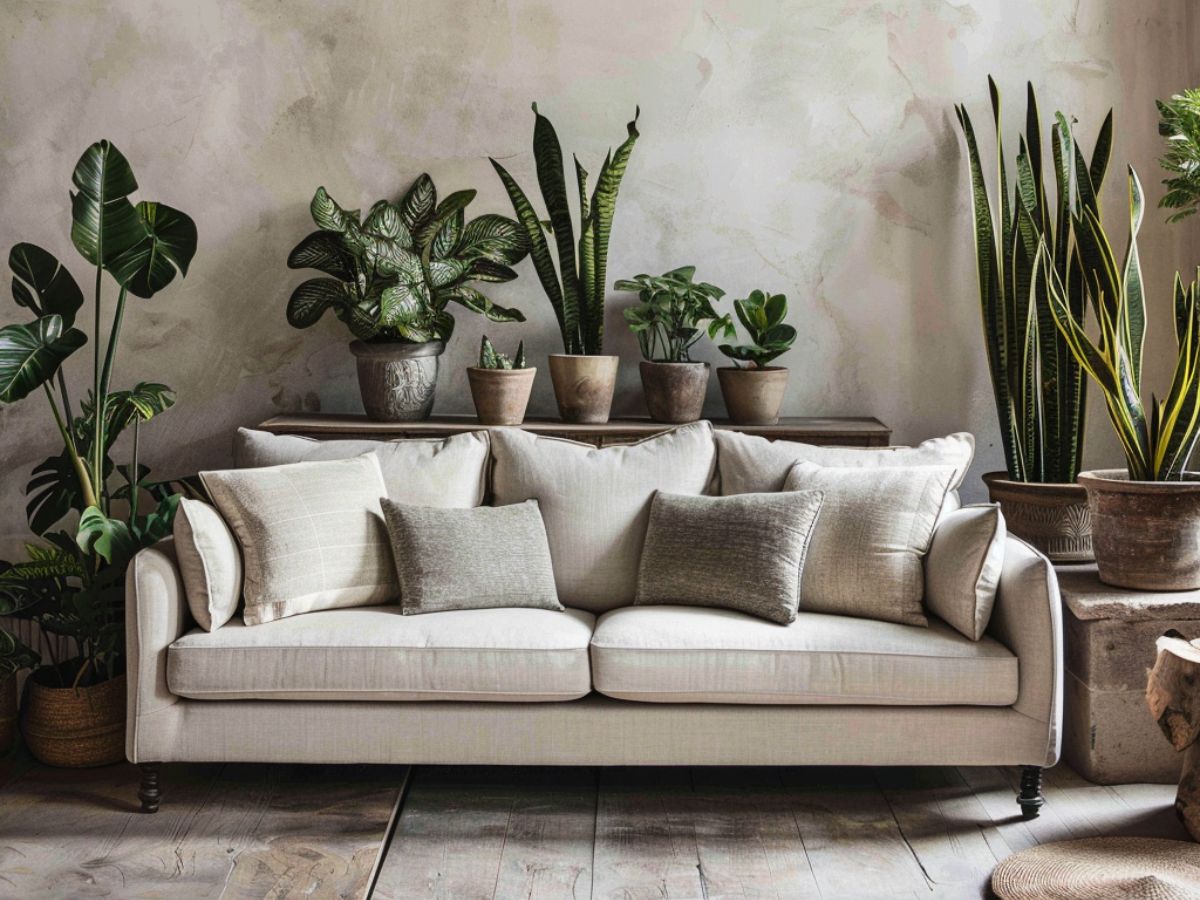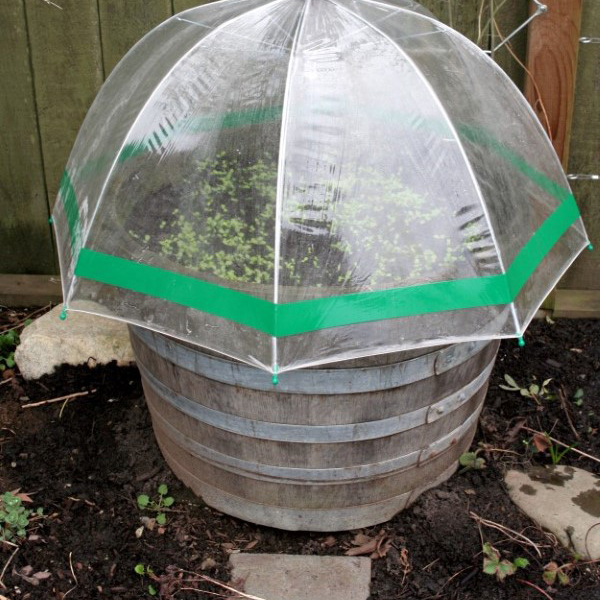
We have a couple of these plants.
They’re easy to care for. Look great. But that’s not why they’re so good for homes.
These plants are natural air purifiers. I love that.
What plant am I talking about?
It’s the snake plant. Here’s what the snake plant looks like (you’ve no doubt heard about them or have some… very popular):

Having a snake plant is like having a natural air purifier! Snake plants are known for their ability to remove toxins such as formaldehyde, xylene, and toluene from the air. According to a NASA study, they can absorb harmful pollutants, making the air in your home cleaner and fresher.
Which harmful pollutants?
They include benzene, formaldehyde, trichloroethylene, xylene and toluene.
The health benefits don’t stop there. Snake plants also improve indoor air quality at night.
Unlike most plants, the snake plant converts CO2 into oxygen even at night. This unique ability can improve air quality around your sleeping area, potentially enhancing your sleep quality.
Live in a dry climate? Snake plants can help. They’re also natural humidifiers.
Snake plants can help maintain a healthy indoor humidity level by releasing moisture into the air. This can be particularly beneficial in dry climates or during dry winter months, helping to prevent respiratory issues, dry skin, and sore throats.
Okay, lots of benefits of snake plants. At this point I still have questions.
How many snake plants should a home have to make a meaningful impact on air purification?
One snake plant won’t do it unless you live in a tiny home.
One snake plant per 100 sq ft is the suggested quantity. At first glance, that seems like a lot but it’s not. A large bedroom is 200 sq ft. That means two snake plants will make an impact. Not bad. Two to four snake plants arranged in a corner on stands looks great in pretty much any room.
So you’re sold on the snake plant. Thing is, most homes don’t have just one plant.
Next question is what plants complement the snake plant aesthetically?
Here’s five to consider:
ZZ Plant (Zamioculcas zamiifolia):

With its glossy, dark green leaves, the ZZ plant offers a lush, vibrant contrast to the snake plant’s upright, variegated leaves. Its low-maintenance nature and tolerance for low-light conditions make it a harmonious partner for the snake plant, both thriving in similar environments.
Pothos (Epipremnum aureum):

The trailing vines and variegated leaves of the pothos can add a lovely cascading element when placed on a shelf or in a hanging basket near a snake plant. The contrast between the pothos’s softer, draping foliage and the snake plant’s rigid structure creates an engaging visual dynamic.
Peace Lily (Spathiphyllum):

The peace lily’s broad, glossy leaves and striking white blooms offer a soft, elegant counterpoint to the snake plant’s architectural lines. The peace lily also enhances indoor air quality, doubling down on the health benefits alongside the snake plant.
Rubber Plant (Ficus elastica):

The rubber plant, with its large, leathery leaves, adds a bold texture contrast to the snake plant’s slender leaves. Its rich, dark green (or burgundy, depending on the variety) foliage can create a dramatic backdrop that makes the lighter, variegated leaves of the snake plant stand out even more.
Ferns (Various Species):

Ferns, with their delicate, feathery fronds, can introduce a soft, lush texture to the arrangement. Placing ferns alongside the more structured snake plant can soften the overall look of your indoor garden, creating a balanced interplay of textures. Ferns thrive in indirect light and higher humidity, conditions that can complement the snake plant’s more flexible care requirements.
Thanks for reading.


